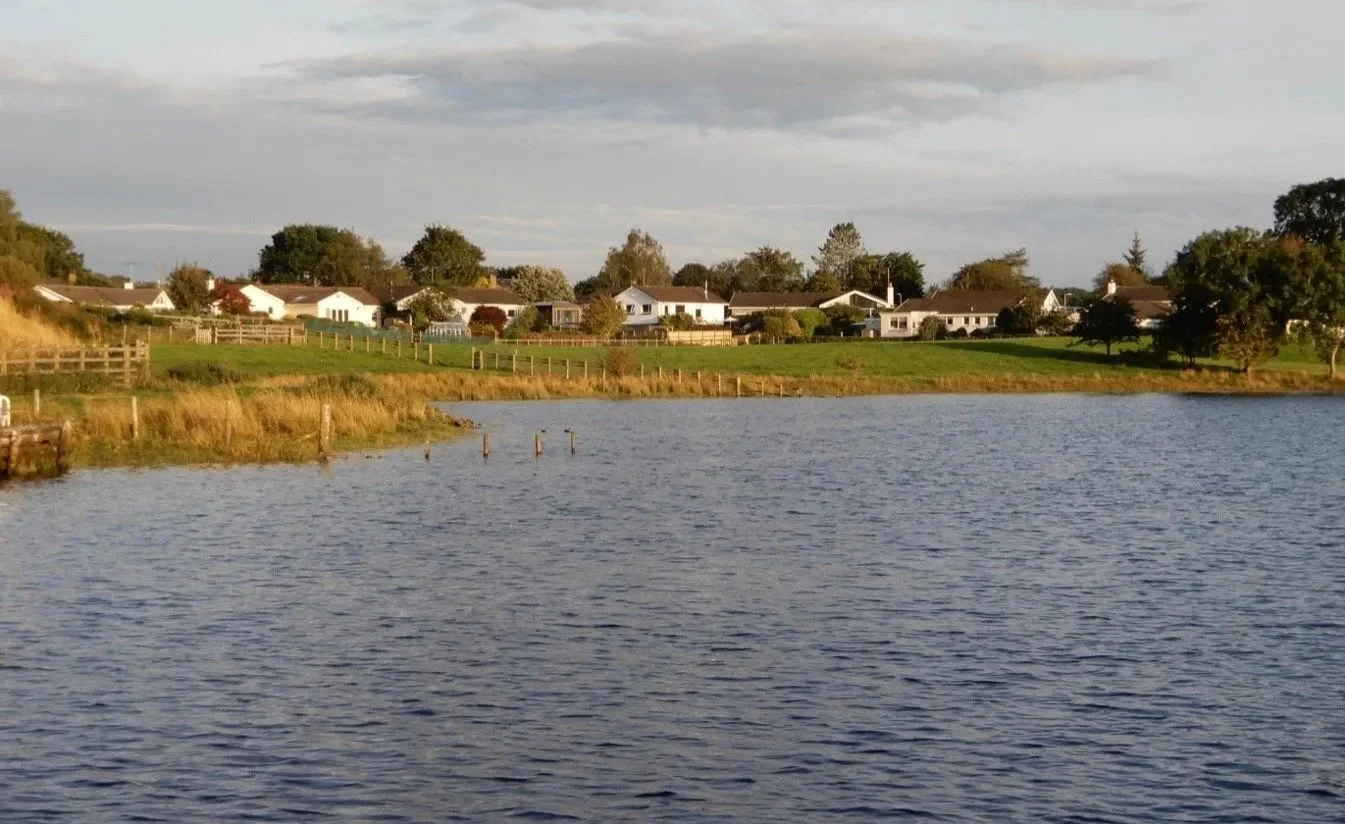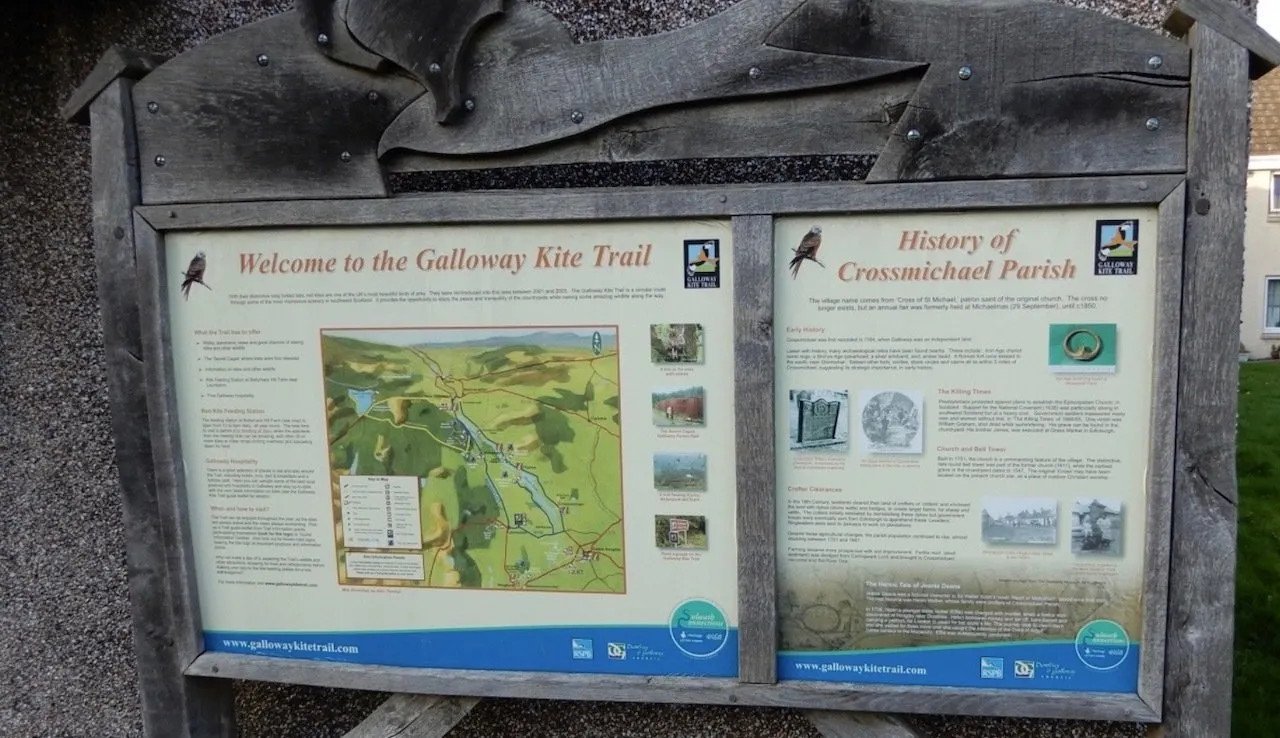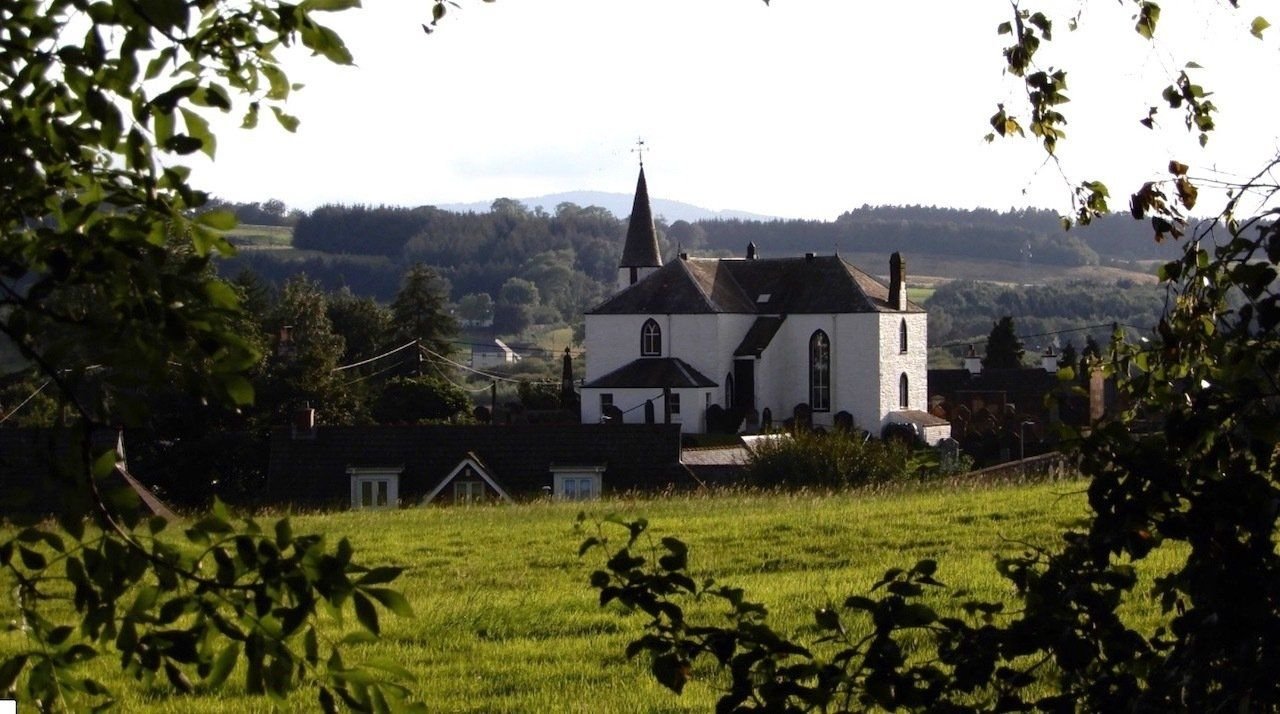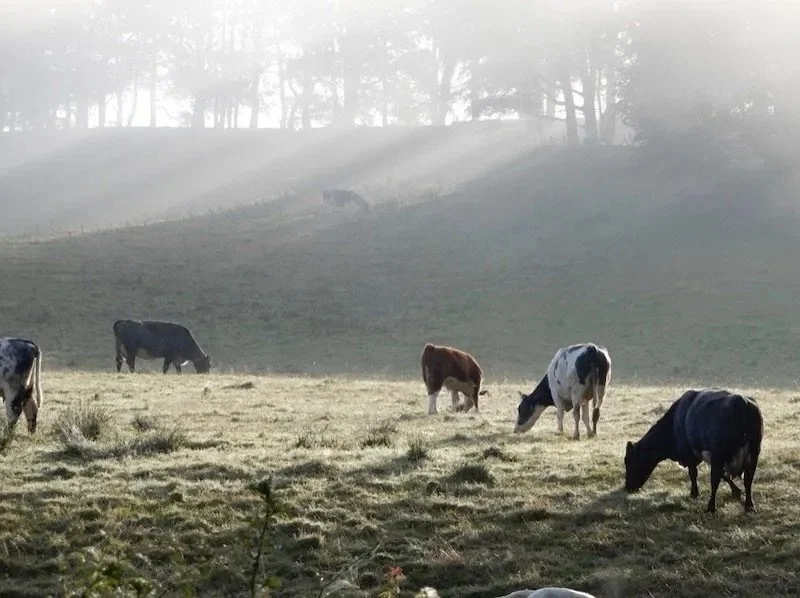
About Crossmichael
Location
Crossmichael village sits on the east bank of the River Dee, some four miles north of the market town of Castle Douglas, in the Stewartry of Kirkcudbright, Dumfries and Galloway. The parish is extensive, running from the Dee in the west to the River Urr in the east, from the boundary with Parton in the north to the outskirts of Castle Douglas in the south. It takes in the smaller settlements of Clarebrand and Greenlaw.
Situated on the main A713 road that runs from Castle Douglas north to Ayr, Crossmichael sits within the Galloway Hills Regional Scenic Area and the Galloway & South Ayrshire Biosphere and is on the Red Kite Trail. We are within easy reach of the Galloway Forest Park which includes Britain’s first Dark Skies Park. Crossmichael lies right at the heart of the area covered by the Galloway Glens Landscape Partnership which in recent years developed numerous projects to celebrate and enhance the natural and cultural heritage of the entire Dee-Ken Valley.
Crossmichael’s most obvious attractions are scenic: its river, lochs, hills, paths and woods. There are many sites of historical interest too – an iconic church, several handsome country houses and pre-historical remains. Part of the pioneering Galloway Hydro-electric Scheme can be seen, notably the barrage at Glenlochar Bridge and traces of the Dumfries to Portpatrick railway can still be found; indeed, one part can be followed as a footpath. Much more information about all this, and more, can be found in the Heritage Centre.
Crossmichael has a shop and post office, a pub/restaurant, a marina where boating, fishing and wild swimming can be pursued, one of the smallest libraries in Scotland (the Wee Book Hoose) and a community woodland.
Our celebrated Triathlon is held in September and our invigorating ‘Dee Dip’ on New Year’s Day (if you’re brave enough). Stewartry Rugby Club is located at Greenlaw, just south of Crossmichael.
Crossmichael is ideally located to act as a centre for exploration of the scenic, cultural and natural attractions of the area. Many visitors from right around the country and further afield are drawn to our varied and beautiful landscapes, distinctive events and rich historical character and they always find a warm welcome! Accommodation for visitors is widely available.
For information about other activities and organisations, including the Primary School, see Our Community.
Crossmichael’s History
Crossmichael has ancient roots. The first recorded mention is in the 12th century, when the lands were granted to Lincluden Abbey near Dumfries; but there were people living in the area from at least the Bronze Age and probably before. Between these two dates, successive waves of invaders and immigrants – Romans, Anglo-Saxons from Northumbria, Gaelic-speaking Norsemen from Ireland – left their mark, before the Norman barons embarked on a lengthy and troublesome attempt to assert control of the area.
After the Reformation in 1560, Crossmichael passed to the Scottish Crown and, in 1611, the parish was granted to Sir Robert Gordon of Greenlaw by the King, James VI. Gordon celebrated, it seems, by adding a new tower to the church and installing a specially commissioned bell (both tower and bell are still here).
Gradually, the land was subdivided and sold off and a pattern of estates established, with their constituent farms, that is still recognisable today, albeit much changed in detail. The religious struggles of the 17th century affected Crossmichael deeply, as did the ‘Lowland Clearances’ of the 18th; these, by ushering in an age of ‘scientific farming’, set the scene for the agricultural and then industrial revolutions which, through the 18th and 19th centuries, irrevocably changed the economy, the landscape and the lives of the people.
In the first half of the 20th century, Crossmichael was still the centre of a largely agricultural economy. Today, while farming is still important and its activities are obvious wherever you go in the area, it is economically much less important. Many inhabitants commute to work further afield. Many others have retired here while tourism is increasingly important. And of course, ubiquitous modern media, linking us to the wider world, mean that older senses of place struggle to survive. Nevertheless, history is not easily escaped and you are not long in Crossmichael before you feel something of its unique character.
This history can be explored in much more detail at Crossmichael’s Heritage Centre.
Famous Crossmichael People
Because of Crossmichael’s strategic location – situated on the road north and with an important river crossing – we can be sure that many important people will have passed through. No doubt excise-man Robert Burns, for example, rode through the village on his way to Ayrshire.
We can be more certain though about notable individuals who have lived here. Sir Robert Gordon (c.1565-1628) of Greenlaw was a member of the Council of War for Scotland and an early investor in the North American colonies. An 18th-century descendant, Sir Alexander Gordon, made the canal which, in 1765, connected Carlingwark Loch in what would become Castle Douglas to the River Dee, opening up the river for the transport of fertiliser.
Samuel Wilson (1784-1863) of Burnbrae near Clarebrand was a well-known poet. One of his poems, ‘The Battle of Spearford’, describes a battle between the Gordons of Kenmure, to the north and the Glendonwyns of Parton, supported by the parishes to the south (Spearford is at the northern end of Crossmichael parish).
A later poet, William Neill (1922-2010), who came to live in Crossmichael, taught at Castle Douglas High School and was an important figure in the ‘Scottish Literary Renaissance’.
In a quite different field, Jim Greenwood (1928-2010), Scottish rugby international and noted coach, also came to live here.
© Copyright: Crossmichael Community Council except for images licensed Creative Commons Attribution. Slideshow images by Andy Adamson.




